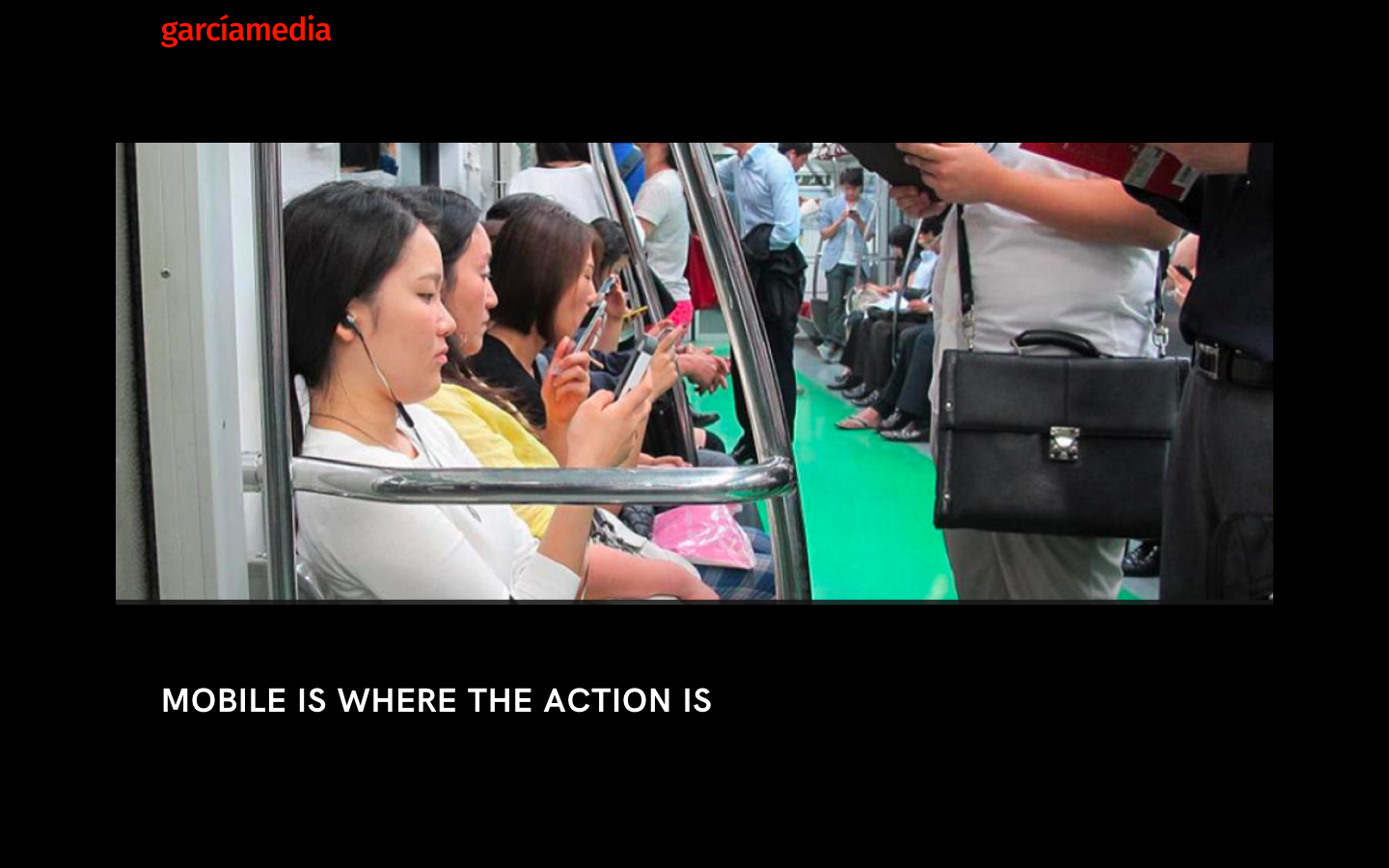A favorite toy (for me, too)!
My cousin and I were having a conversation only two days ago about the impact and influence that iPhones have in the lives of our youngest grandkids —not to mention the older ones! Take a look at my teenage grandkids here on a sunny day at the beach in Florida.
But, back to my cousin: She was telling me how she can’t never find her phone since her two-year-old granddaughter takes it from her and goes into her playroom to use it, to tap into apps, to talk to imaginary characters she sees on the phone, and, overall, to enjoy her favorite toy. Forget Barbie. Don’t mention all the Disney princesses line up on the floor of her room. It is the iPhone that captivates her.
She is not alone. The iPhone as constant companion model does not hide. Get on the bus. Jump into the subway. Sit at the airport lounge. The world is reduced to the smallest screen of all for many of us. Why look at the big screen signaling changes of gates or delays on our flight. We already know it via our iPhone. There is an app for every need, including your favorite pizza delivery service. “Google it” has become a verb. The iPhone the mirror into which we look every waking hour—and as soon as we open our eyes.
The millennials are said to go to their phone an average of 114 times a day. I am far from the millennial crowd and , at 71, I clocked myself coming to the iPhone 77 times on a Wednesday not too long ago.
Now this fascinating pieceby Cal Newport ,an associate professor of computer science at Georgetown and the author of the forthcoming book “Digital Minimalism: Choosing a Focused Life in a Noisy World.” ,argues that when Steve Jobs introduced the iPhone in 2007 he wanted his invention to help us navigate life, but not to have it controlled by it.
Steve Jobs’ vision: a minimalist, functional use of the iPhone
Highlights:
Mr. Jobs seemed to understand the iPhone as something that would help us with a small number of activities — listening to music, placing calls, generating directions. He didn’t seek to radically change the rhythm of users’ daily lives. He simply wanted to take experiences we already found important and make them better.
The minimalist vision for the iPhone he offered in 2007 is unrecognizable today — and that’s a shame.
Here is something for editors and publishers to think about:
Under what I call the “constant companion model,” we now see our smartphones as always-on portals to information. Instead of improving activities that we found important before this technology existed, this model changes what we pay attention to in the first place — often in ways designed to benefit the stock price of attention-economy conglomerates, not our satisfaction and well-being.
Practically speaking, to be a minimalist smartphone user means that you deploy this device for a small number of features that do things you value (and that the phone does particularly well), and then outside of these activities, put it away. This approach dethrones this gadget from a position of constant companion down to a luxury object, like a fancy bike or a high-end blender, that gives you great pleasure when you use it but doesn’t dominate your entire day.
Newport suggests that a first step to start weaning ourselves from the constant companion mode and the iPhone is to remove from your smartphone any apps that make money from your attention. This includes social media, addictive games and newsfeeds that clutter your screen with “breaking” notifications.
Who needs all those push notifications?
Ouch, no push notifications? How can that be? But, then, I lived most of my life without knowing about the news the minute it happened, and I survived quite well. The author may have a point.
Unless you’re a cable news producer, you don’t need minute-by-minute updates on world events, and your friendships are likely to survive even if you have to wait until you’re sitting at your home computer to log on to Facebook or Instagram. In addition, by eliminating your ability to publish carefully curated images to social media directly from your phone, you can simply be present in a nice moment, free from the obsessive urge to document it.
This is all wishful thinking. Once you ring the bell, you can’t unring it.
What we can do, however, as I have, is to limit the number of outlets that you subscribe to for push notifications and other interruptions as you carry your constant companion around. I have now limit such to The New York Times, The Washington Post and CNN.
While I agree with the author of this piece that more minimal use of the iPhone may contribute to provide us with a better, and more lean back, quality of life, I doubt that many will give up on their phones as constant companions.
And the toddlers of the world have already named the iPhones of whoever comes into their midst as best toy. That generation will not just use smartphones as constant companions, they have been breast fed by them.
Lesson for publishers
The lesson for publishers: it is not what Mr. Jobsintended for the iPhone to be. It is the phenomenon that it has become. I see no end in sight to the need for us to consider mobile first strategies that emphasize the consumption of news and information via these devices. Where the word “minimalist” fits in, however, is in the choices we as editors make about how to come in and to interrupt the lives of our audiences.
Fewer push notifications will carry more impact.
A well designed newsletter with few items of importance that arrives at a key point of the day (morning preferably) is making good use of the reader’s constant companion.
Most importantly, get your digital brand out there to become a constant, too.
Read the entire piece here:
TheMarioBlog post # 2990

